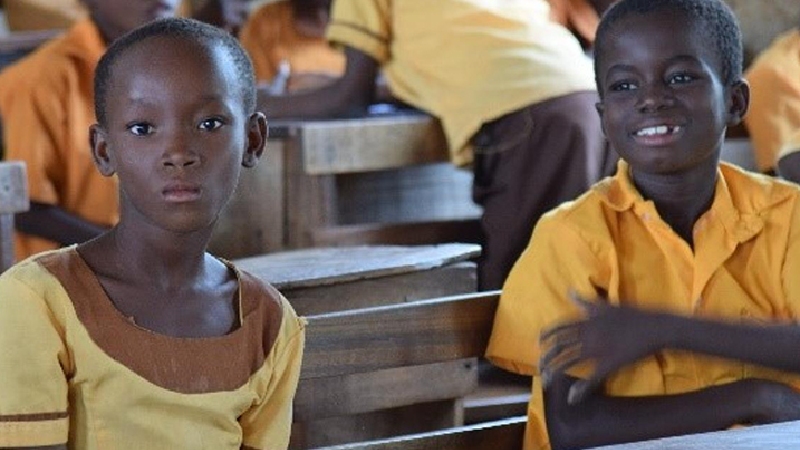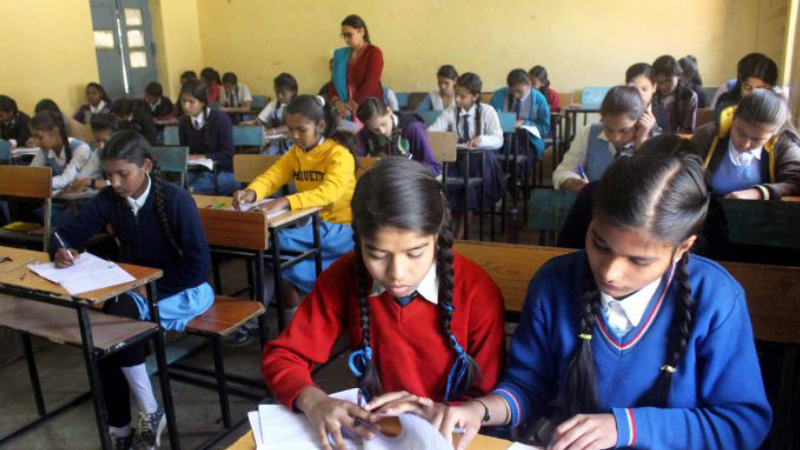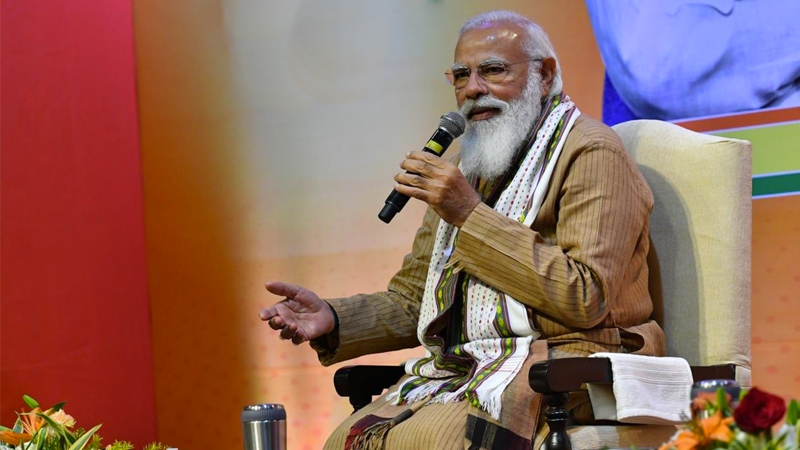Trending Now
Thursday, Nov, 2024
Home / 98 Million Sub-Saharan African Children Out-of-Schools Due to Lack of Access to Education
98 Million Sub-Saharan African Children Out-of-Schools Due to Lack of Access to Education
the director-general of UNESCO, stated that we require a global mobilization to place education at the top of the international agenda. The rate of females out of school in sub-Saharan Africa is 4.2 percent higher than that of males. Inequalities in access to education hold 20.2 million children in Nigeria out of school, followed by Ethiopia with 10.5 million and the Democratic Republic of Congo with 5.9 million.
 by Pragti Sharma /
by Pragti Sharma /  06 Sep 2022 18:02 PM IST /
06 Sep 2022 18:02 PM IST /  0 Comment(s) / 266
0 Comment(s) / 266

Image Courtesy : www.un.org
According to new data released by the United Nations Educational, Scientific and Cultural Organisation (UNESCO), Around ninety-eight million children and youth between the ages of 6 and 18 are still out of school in sub-Saharan Africa. Sub-Saharan Africa has the most heightened percentage of children outside the boundary of formal education, followed by central and southern Asia, with 85 million.
Audrey Azoulay, the director-general of UNESCO, stated that we require a global mobilization to place education at the top of the international agenda. The rate of females out of school in sub-Saharan Africa is 4.2 percent higher than that of males. The gender gap or the difference between the girls and boys who drop out of school has been eliminated globally. The gender gap among children in primary school in 2000 was 2.5%, while among those in upper secondary school was 3.9%. These gaps have been diminished to zero, although regional or restricted dissimilarities prevail.
Inequalities in access to education hold 20.2 million children in Nigeria out of school, followed by Ethiopia with 10.5 million and the Democratic Republic of Congo with 5.9 million. UNESCO gathered the data utilizing a new, enhanced method of integrating administrative data with survey data. This procedure was formerly used to evaluate health indicators.
Since 2000, UNESCO estimated the out-of-school rates for 192 countries. The out-of-school population was 244 million in 2021, with 121 million youth of upper secondary school age about 15-17 years, 57 million adolescents of lower secondary school age about 12-14 years, and 67 million children of primary school age about 6-11 years. The rates among adolescents and juveniles of secondary school age in Nigeria, have barely transformed in the last 20 years. The digit of out-of-school children of primary school age has improved by 50 percent, from 6.4 to 9.7 million. The rate has stayed persistent at 28 percent since 2010.
Another assessment by the non-profit Save the Children stated that the learning crisis has particularly impacted the children in sub-Saharan Africa. There are many countries with uncompromising data gaps. With UNESCO’s assistance, 90% of the countries have placed national benchmarks to consider improvement towards quality education by 2030.
The director general, UNESCO, will resume her call for global education at the landmark Transforming Education Summit, which will be carried out on 19 September at UN headquarters, New York. Antonio Guterres, UN Secretary-General, has summoned the Summit in order to mobilize action and solutions, including backfiring learning losses due to the COVID pandemic.

EShort / February 16, 2024
IMS Noida Admissions 2024: Apply for UG, PG programmes

EShort / February 16, 2024
GATE 2024: Response sheet out

EShort / February 16, 2024
BSSTET 2023: Admit card released

EShort / February 16, 2024
NID DAT 2024: Prelims result released

EShort / February 16, 2024
IIT JAM 2024: Response sheet released

Jobs / February 16, 2024
UPSC Recruitment Drive 2024: Apply for 120 vacancies in various departments

EShort / February 14, 2024
UPSC CSE 2024: Official Notification issued; application process begins

Editor's Desk / April 17, 2020
How Does Society Impact Our Education?

Current Affairs / April 22, 2020
Mr. Sudarsanam Babu appointed to U.S. Science Board.

Reforms / April 17, 2020
Traditional Structure of Education In India
.jpg)
Events & Seminars / April 17, 2020
PISA!!

Blog / February 26, 2021
Government's Action On #ModiRojgaarDo

EShort / May 19, 2022
CUET PG 2025 has started the registration process.

Notice Board on Important Dates / April 21, 2020
World Heritage Day

News / July 08, 2021
JEE Mains Registration For Session 3: Last Date To Apply

EShort / December 14, 2021
UPSC Declared Final Result For DCIO Recruitment
























0 Comments
Post Comments